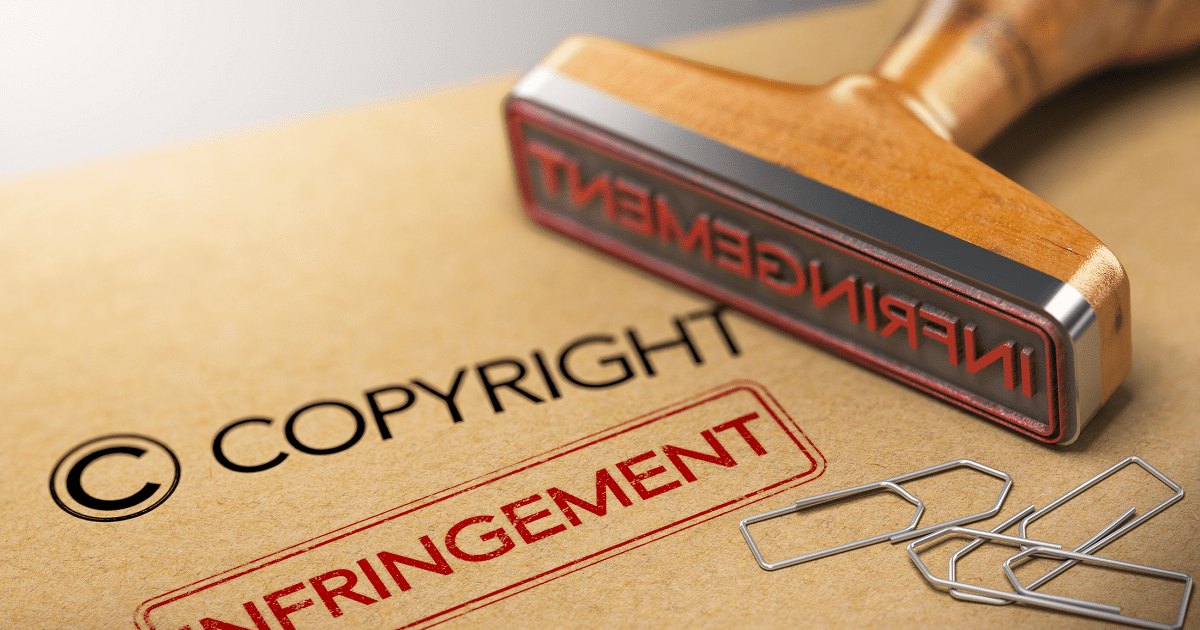Many bloggers simply use images, text, logos, and other content without giving intellectual property rights a thought. However, copyright infringement is a serious business. Not only can bloggers find that content infringing on copyright is removed; they could potentially face seeing their blogs taken down and even having to pay hefty legal fees for infringing someone else’s creation. So, make sure you avoid copyright infringement by following these five methods.
Get Advice from a Professional
While the following ways of avoiding copyright infringement will inform you on the basics of intellectual property, if you want to make certain that no aspect of your blog is infringing on copyright, it is a good idea to get advice from a law firm like Heer Law, which specializes in intellectual property law. While hobbyists may not want to pursue this course of action, if you are serious about growing your blog and online presence and want to monetize your blog, it is a good idea to get professional advice concerning all elements of intellectual property infringement.
Pay Attention to Brand Names and Logos
You need to ensure you do not upload any other organization’s logo or trademarks, like Coca-Cola or Nike. Branded logos will be protected by both copyright and a registered trademark, so by reproducing logos on your blog, you could potentially be infringing on the copyright. However, by simply using brand-name words like “Coca-Cola” and “Nike,” it is highly unlikely it will amount to copyright infringement. But you do need to make sure you do not use brand names in a way that it looks as though they are supporting your blog or connected to it.
Be Cautious of Public Domain Content
Many bloggers believe that content in the public domain is able to be used freely without any repercussions, but not everything in the public domain is copyright-free. So, you always need to check the copyright status for any content you are considering posting on your blog. The majority of images and other creative works are protected by copyright until seventy years after the author’s death. So, it would be fine to post an image of Da Vinci’s Last Supper but not a picture of Sonic the Hedgehog. However, there are exceptions that allow you to use some protected material, such as the fair use rules in the United States.
Know What Is Meant by Non-commercial Use
With so many stock image sites providing thousands of free images, it can be easy to assume you can use them without infringing on the copyright. But that is not necessarily the case. For example, images should always state their commercial and non-commercial rights, and whether you need to cite authorship when you use images. Make sure you pay attention to the commercial rights aspect in particular. If you put a non-commercial rights image on your blog, it means you can only use that image when you are not promoting anything commercially. So, if you use promotions, ads, and other things to monetize your blog, you will not be allowed to use an image that has non-commercial rights.
Understand Creative Commons Licenses
Non-commercial rights also apply to Creative Commons licenses. In recent years, Creative Commons licenses have become a great way for members of the public to reuse content. But you can still only reuse it in certain ways, which many bloggers are unaware of. With a CC license, you can only use the content in the way specifically specified for that content. Some CC licenses allow you to reuse the content in an unmodified form, while some can only be used with attribution, and others can only be reused for non-commercial purposes.
